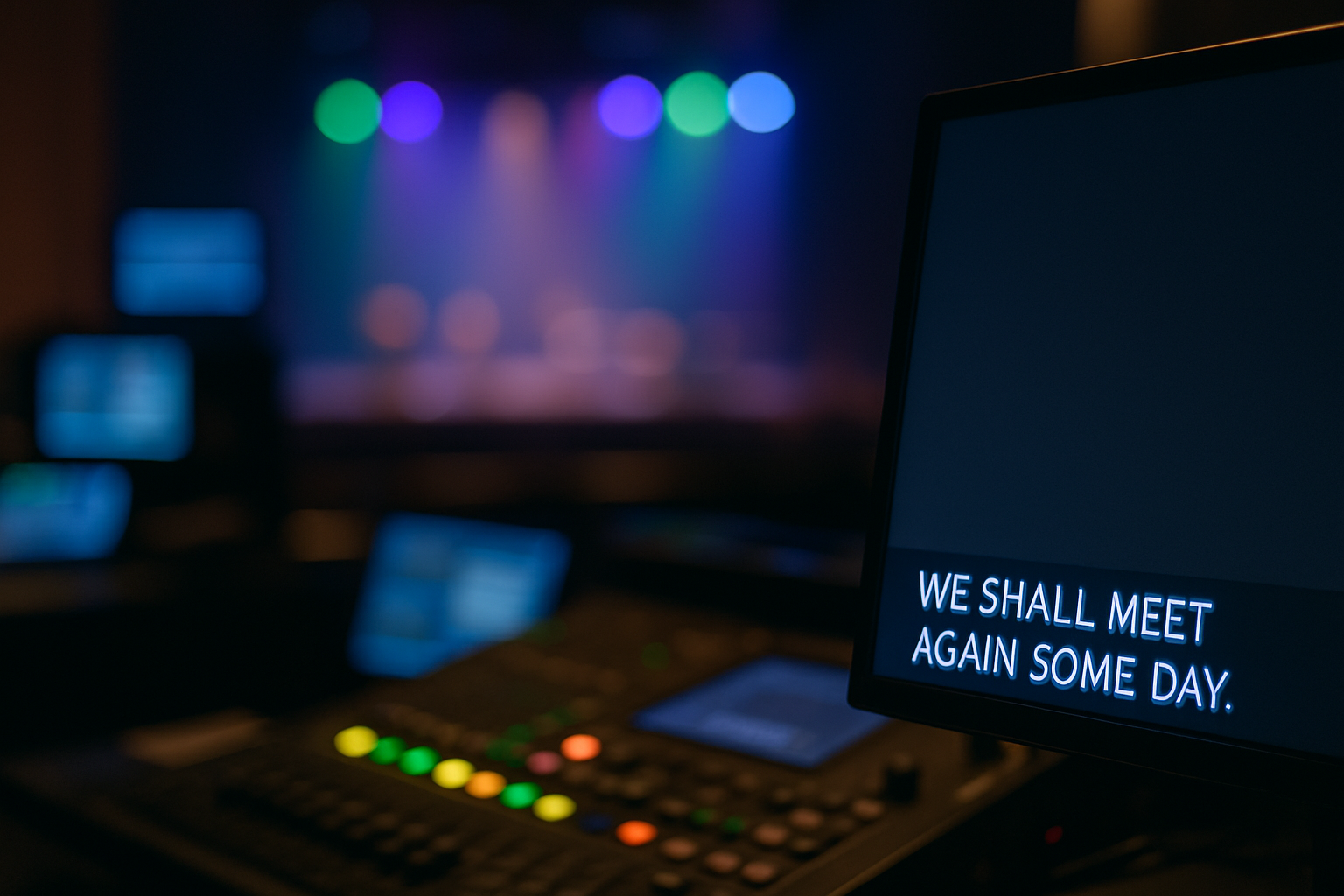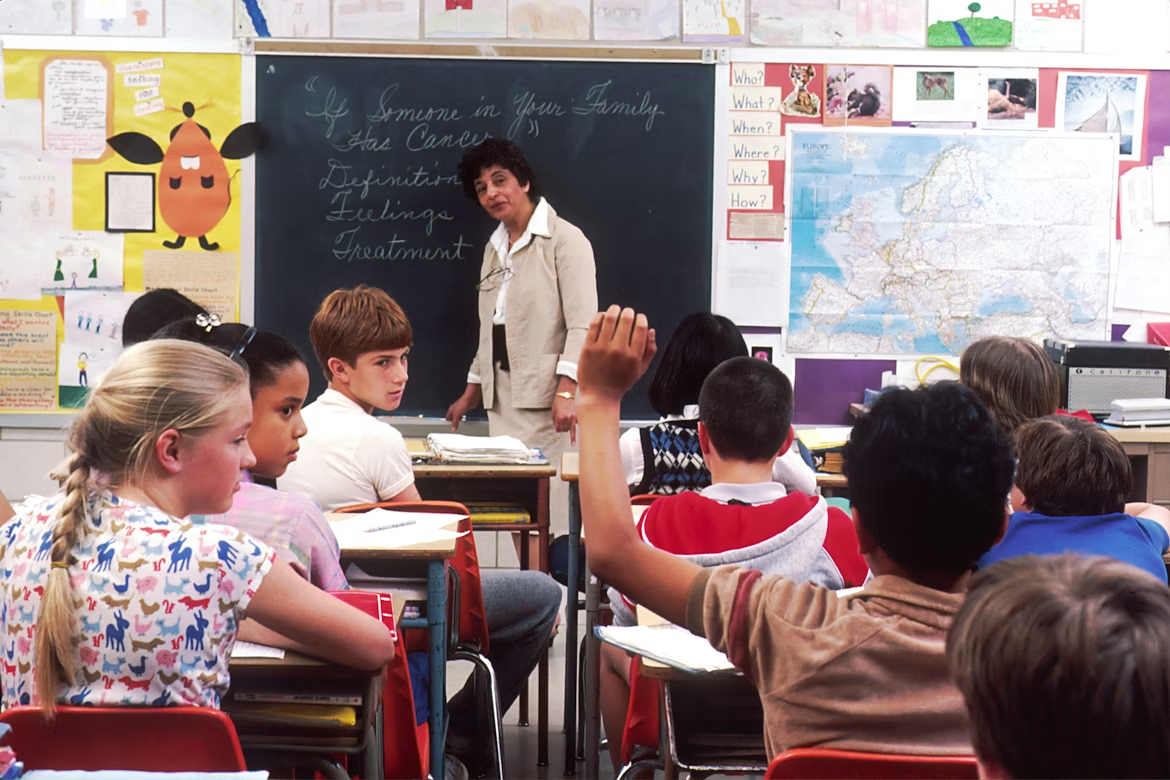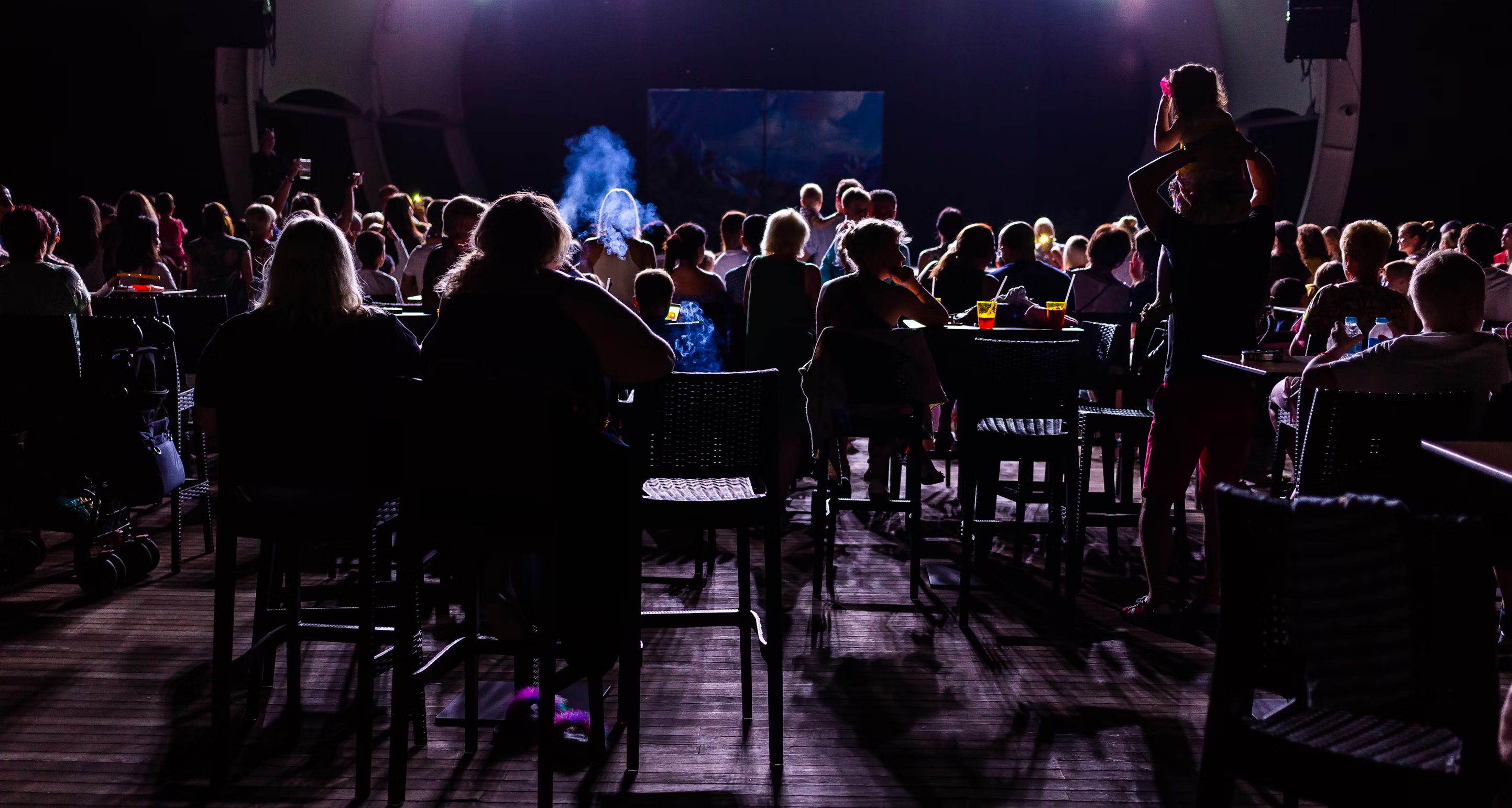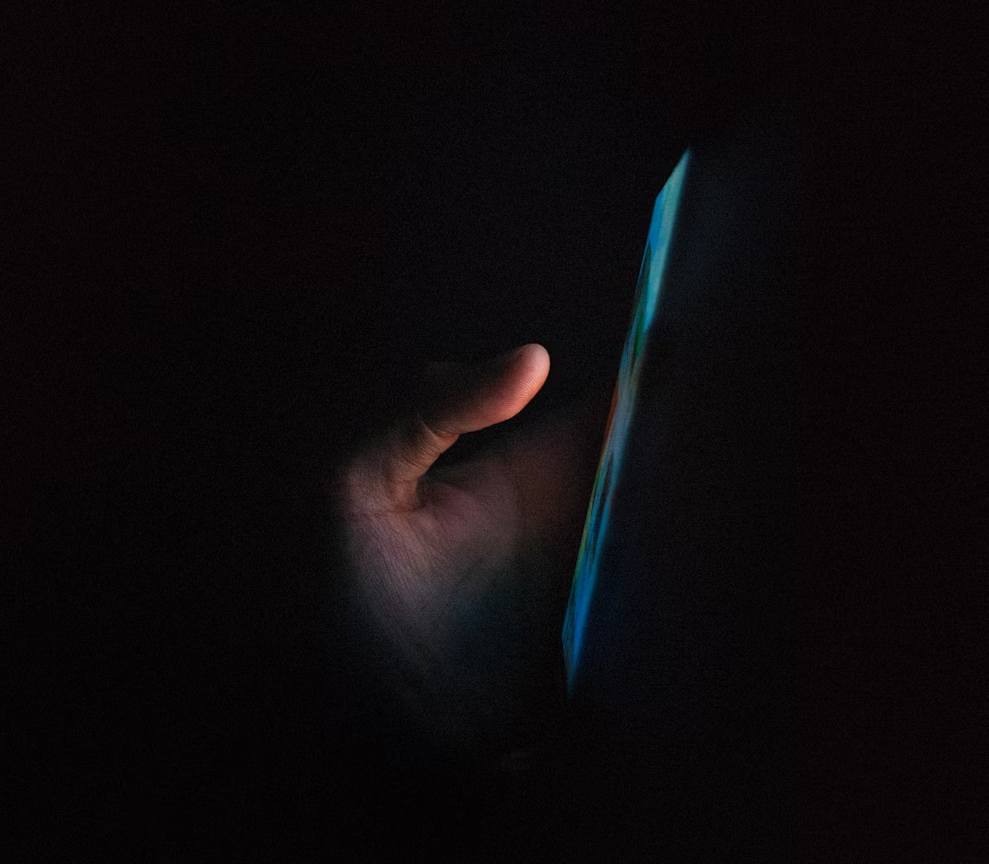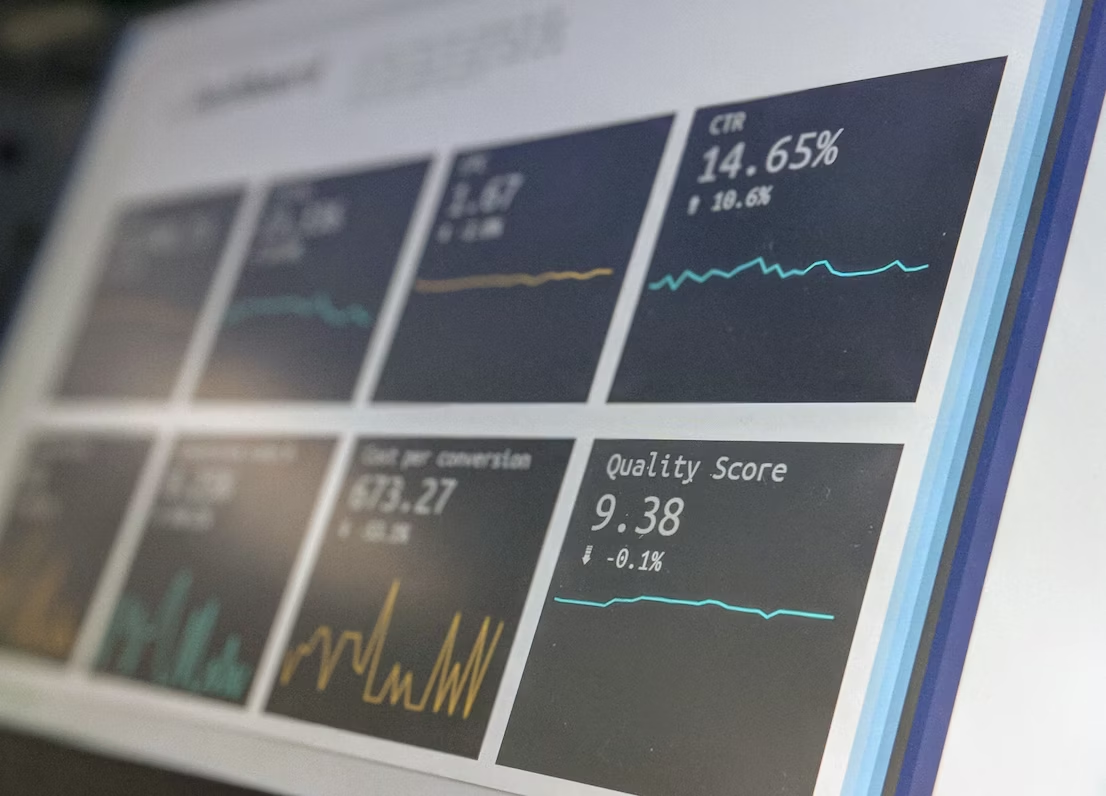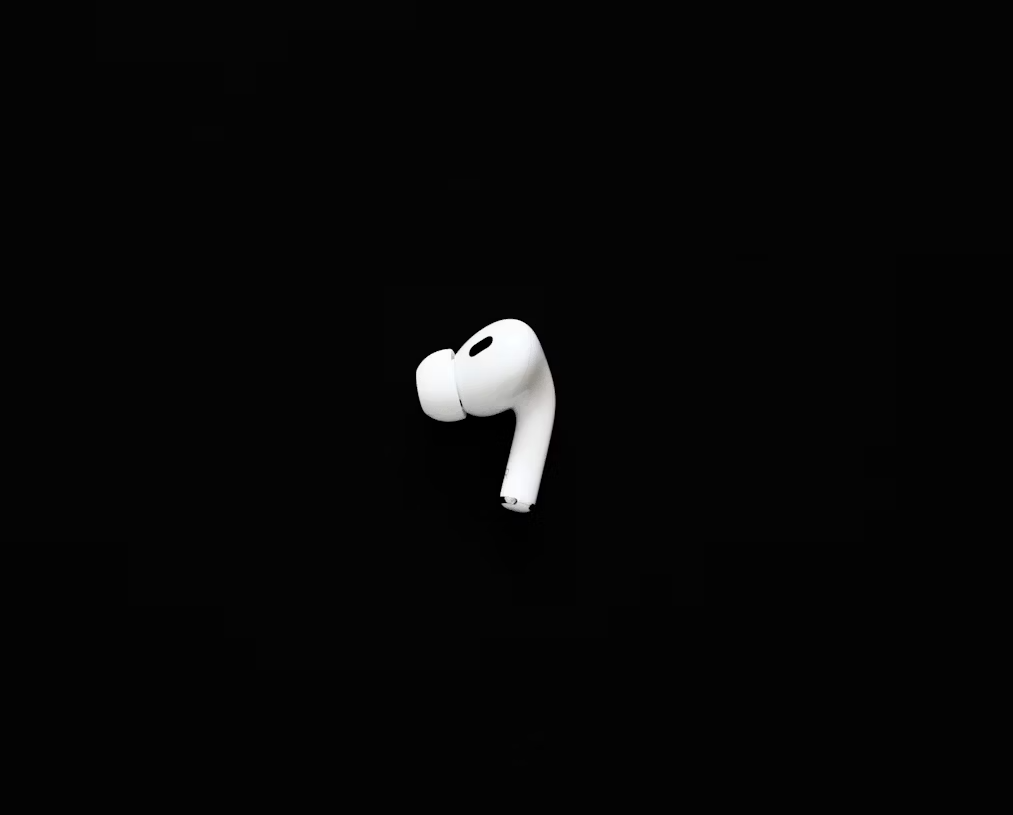In theater, the best technology doesn’t steal the show — it quietly makes it better. Over the past decade, we’ve seen innovations in lighting, projection, sound design, and automation fundamentally reshape the stage experience. Now, AI-driven captioning is joining that ecosystem, offering a powerful combination of accessibility, efficiency, and artistic possibility.
Rather than existing in isolation, AI captioning tools like Captitles integrate with — and amplify — other production technologies. Here’s where they fit in the broader landscape.
1. The Accessibility Backbone of Modern Productions
Accessibility is no longer a “nice to have”; it’s a legal and ethical standard in many countries. AI-powered captioning takes accessibility beyond compliance, making it a creative tool.
When paired with:
- Projection systems, captions can be displayed dynamically above or beside the stage.
- Assistive listening devices, they provide audience members with both audio and visual comprehension support.
- Mobile apps, they extend the experience to patrons in any seat — or even in remote simulcasts.
By integrating caption feeds with these platforms, theaters can ensure every audience member has a tailored way to experience the performance.
2. Surtitles Meet Projection Mapping
Projection mapping has opened doors for immersive sets — from transforming a flat backdrop into a living cityscape to shifting between worlds in seconds. AI-driven surtitles can feed directly into these systems, allowing captions to appear as part of the environment. Imagine a character’s lines materializing in the clouds above them, or foreign-language translations woven into the texture of a projected wall.
This synergy keeps accessibility in step with the production’s visual artistry.
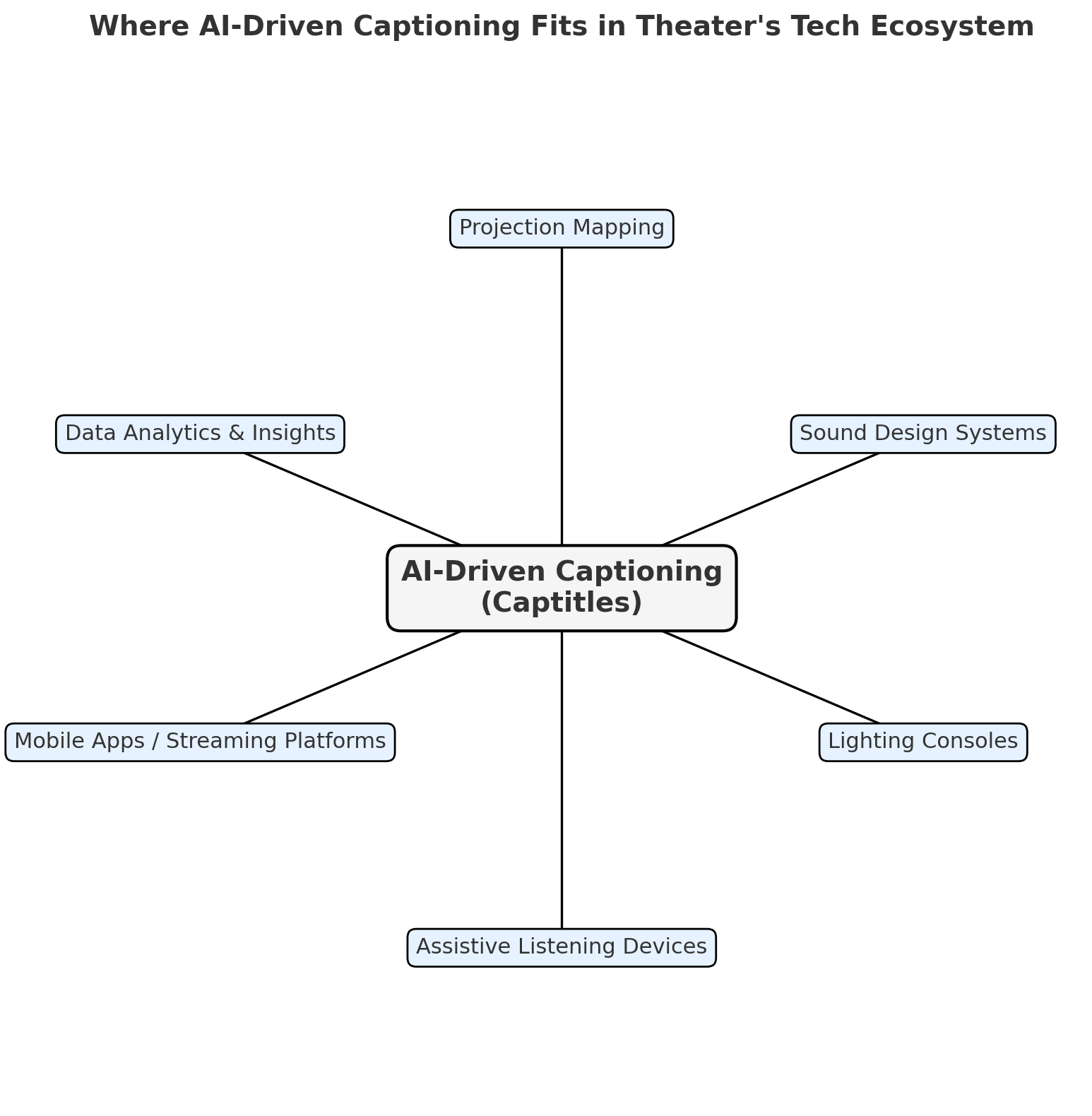
3. Real-Time Sound & Lighting Cues
Stage managers often trigger cues based on dialogue timing — but with AI’s real-time speech detection, those cues could sync automatically. The same AI listening for surtitles can feed timing data into:
- Lighting consoles to dim or brighten on a key line.
- Sound boards to fade music at the right moment.
- Multimedia servers to launch projections or special effects in sync with live speech.
This means fewer manual “go” calls, tighter precision, and less stress during fast-paced scenes.
4. Data-Driven Insights for Artistic and Business Decisions
AI captioning doesn’t just produce surtitles — it produces data: how often actors deviate from the script, how timing varies between performances, or which lines spark audience reactions.
When integrated with ticketing or audience feedback tools, this data can inform:
- Script adjustments in long runs.
- Training for understudies.
- Marketing campaigns that highlight the most impactful moments.
This is a new frontier: using real performance analytics to make artistic decisions.
5. AI Captioning as Part of Remote & Hybrid Theater
Streaming theater is here to stay. For remote audiences, live captions are essential, not optional. AI-driven systems can:
- Generate captions in multiple languages at once.
- Integrate directly with streaming platforms.
- Sync with subtitling APIs so that remote viewers get the same timed, polished captions as the in-house audience.
In hybrid productions, AI captioning becomes the bridge between the live and digital experience.
Looking Ahead: A Fully Connected Stage
The future isn’t about replacing human creativity with automation — it’s about creating a network of tools that support the vision of the artists while opening the doors to more people.
In that network, AI-driven captioning plays a quiet but pivotal role:
- Supporting inclusivity without compromising design.
- Connecting various technical systems in real time.
- Unlocking data that can shape both the art and the business of theater.
If stage technology is an orchestra, AI captioning is a section that blends into the harmony — until you notice how much richer the whole piece sounds.
